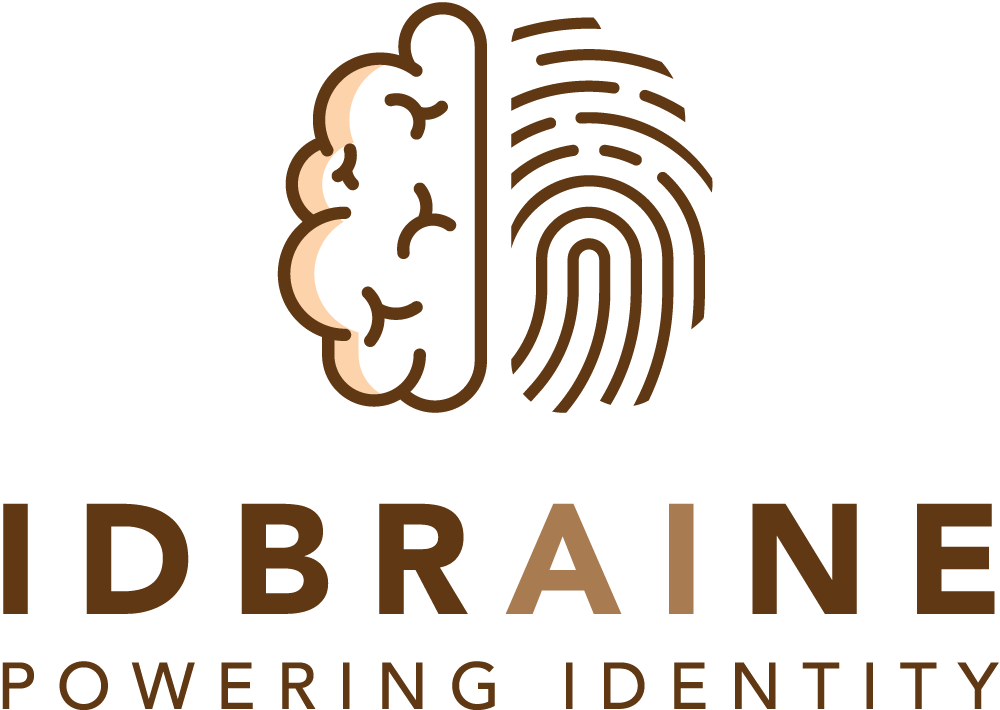Indian financial services have flourished as compared to the world’s financial panorama up to now decade. In part, this progress is the result of the rapid digitization of data and knowledge-related services. Several non-public and private initiatives have made India’s digital surge possible, many of which have been led by the government and trade bodies. According to a McKinsey report and the worldwide digital competitiveness index, the result has shifted India many places ahead. In contrast to only 20 percent a decade ago, more than 80 percent of people now have their checking accounts. According to the World Financial Institution, India has been able to more than double its percentage of unbanked people and businesses over the last seven years.
Over the past few years, the economy has slowed down and, more recently, it has been hit by the Covid19 pandemic. During this period of sluggish production, banks and financial institutions that have provided liquidity into the system should find new avenues to sustain healthy growth and in that case, AI and Automation are the way for them to regrow. AI and machine learning are now transforming financial services in ways we never imagined, especially lending. Lending institutions may suffer severe financial losses if they choose to resist the adoption of these technologies because of their game-changing advantages.
<h2>Lending Process as we knew earlierManaging loan lifecycles takes a great amount of time & resources because of its complex process. It requires significant manpower resources, beginning with screening prospects and moving through making the lending decision, managing disbursements and underwriting, monitoring the portfolio, and finally handling collections.
Even the treacherous range of tasks and processes can be automated using the new-age technologies that require high operational bandwidth. With digital automation and AI/ML tools, there is an automated and steadfast alternative to every step in the process. It has several advantages, including cost reduction, process efficiencies, and customer service.
One-stop-shop onboarding and digital trust
Lenders are now able to digitally onboard customers with the amassing applications and auto-populating certified data into forms through multiple channels. The initial credit decisions are made based on these customer profiles with the requisite checks and balances. Thus, the screening procedure can be simplified and the probable bad apples can also be identified without bias. The recommendation engine of a suitable customer matches prospects to different financial products.
In a final step, the platform collects the residual documents of a client by having them directly upload them. As a consequence, customer onboarding is now possible securely and remotely, in just a matter of minutes, instead of weeks and months of paperwork and running around.
Assessing risks and endorsing via automation
Based on the size of the loan book, domain expertise, and risk appetite of the financial institution, credit scoring algorithms can be tailored specifically for them. Besides employee data, legal dispute data, and news sentiment analysis, this algorithm can also be enhanced by integrating alternative data points about borrowers. Risk scorecards using machine learning are also often used to assess broader industry parameters such as regulation or consolidation and for evaluating groups of connected directors or promoters.
Automation is also possible in the underwriting process, including asset and collateral analysis. Furthermore, lenders can shift from performance-based lending to cash flow-based lending based on recent business performance, business outlooks, and predictive analytics. Some lenders have found this method to be useful when reducing their non-performing assets and defaulted loans.
Automated collection and monitoring with AI/ML models
Monitoring is one of the aspects of the credit management lifecycle that is unnoticed. As a result of AI/ML technology, it’s possible to gather and analyze vast amounts of data at an unbelievably fast pace – sometimes even in near real-time – compared to the conventional process. It is possible to configure AI algorithms to monitor both financial and nonfinancial parameters about all borrowers. When tangible inputs have escalated the possibility of risk, these systems raise early warnings.
A financial institution has a chance to correct course this way. By requesting help from their collections department, risk officers and analysts can resolve problems with borrowers before it’s too late. In addition, they could engage with borrowers, sell loan portfolios outside of their risk appetite, and grasp how risk in one industry or business could negatively impact their overall portfolio.
Lending is sorted now – the future has arrived
A growing number of smaller and medium-sized enterprises dot the landscape globally, each with its own credit needs so that the lending industry no longer caters only to large corporations and individuals. In a pandemic-stricken world, it serves a much larger (and growing) market. Lenders now have plenty of choices. For them to start operating and growing in their market, all they need is the right processes.
With explainable AI and machine-learning tools, credit decisioning and risk intelligence will be automated. By reducing turnaround time, improving customer experience, improving compliance, reducing operating costs, and enabling financial institutions to be proactive, financial process automation improves efficiency and performance. You can avoid cumbersome paperwork and decision-dependent processes. In addition, lenders can use these tools to shift to flow-based lending rather than continuing with asset-based lending models.







